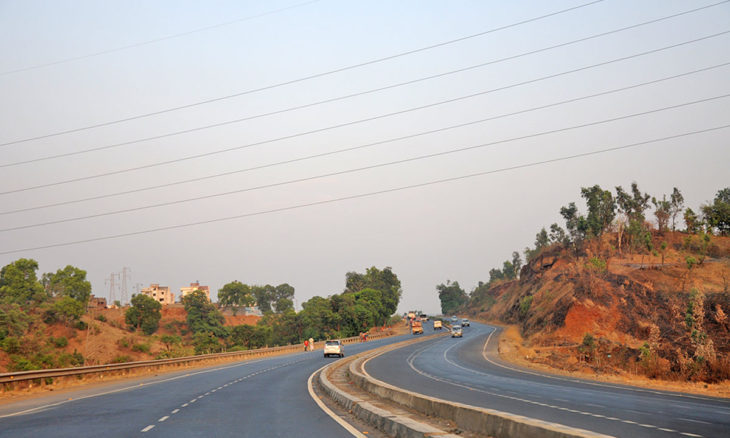
In a groundbreaking move set to transform India’s national highway network, the National Highways Authority of India (NHAI) is poised to embark on an ambitious project – an 86.5 km access-controlled expressway, valued at Rs 1,400 crore, to seamlessly connect the Trans-Haryana Expressway with the Delhi-Mumbai Expressway. The greenfield expressway is set to revolutionize the way people travel across the country, facilitating easier access from the northern states to the financial heartland of Mumbai.
The Trans-Haryana Expressway, which spans an impressive 227 km, links Narnaul in southern Haryana to Ambala, a bustling city near Chandigarh. The new greenfield link expressway, serving as an extension of the Trans-Haryana Expressway, will run from the southern end, connecting Paniyala to Alwar in Rajasthan. This visionary project is set to address the growing need for efficient and swift connectivity between these regions.
Tenders for this landmark project have already been awarded, and construction is primed to commence shortly. NHAI officials have reported an overwhelming response to the project, with 29 bids submitted. The authorities are determined to expedite the land acquisition process and ensure swift commencement of construction. The project director of NHAI, Mukesh Kumar Meena, has affirmed that the expressway is projected to be completed within two years from the initiation of work.
Upon completion, this expressway will play a pivotal role in enhancing the connectivity of several northern states, including Jammu and Kashmir, Himachal Pradesh, and Punjab. Travelers will have the convenience of accessing the Trans-Haryana Expressway (NH152D) before seamlessly transitioning to NH-148B in Narnaul. This seamless connection will ultimately lead them to Paniyala at the Haryana-Rajasthan border, where the proposed access-controlled road will directly link to the Delhi-Mumbai Expressway at Barodameo, Alwar.
The implications of this groundbreaking development are profound. It is poised to significantly shorten travel distances for commuters moving between northern states and Mumbai, reducing travel times and enhancing overall convenience. Furthermore, this visionary project aims to make the Delhi-Mumbai Expressway more accessible to additional Haryana districts, while concurrently alleviating congestion on NH-44 (Srinagar to Kanyakumari).
It is important to note that the Trans-Haryana Expressway, spanning 227 km, was inaugurated and opened for traffic in August 2022, traversing various towns and regions, including Kaul, Pundri, Assandh, Dhatrath, Kalanaur, Charkhi Dadri, and Kanina. Notably, the region surrounding the expressway is undergoing substantial development, forming an industrial corridor known as the Ambala-Kotputli Economic Corridor.
Furthermore, the Delhi-Mumbai Expressway, a colossal 1,386 km project, is swiftly progressing towards completion, with major milestones achieved in Madhya Pradesh, Gujarat, Rajasthan, and Maharashtra. Upon its finalization, this expressway will revolutionize travel between Delhi and Mumbai, reducing the journey time from the current 24 hour to a mere 12 hour, and simultaneously trimming the distance from 1,424 km to 1,242 km. This transformative infrastructure project is set to boost connectivity, spur economic growth, and enhance the overall travel experience for millions of commuters in India.

